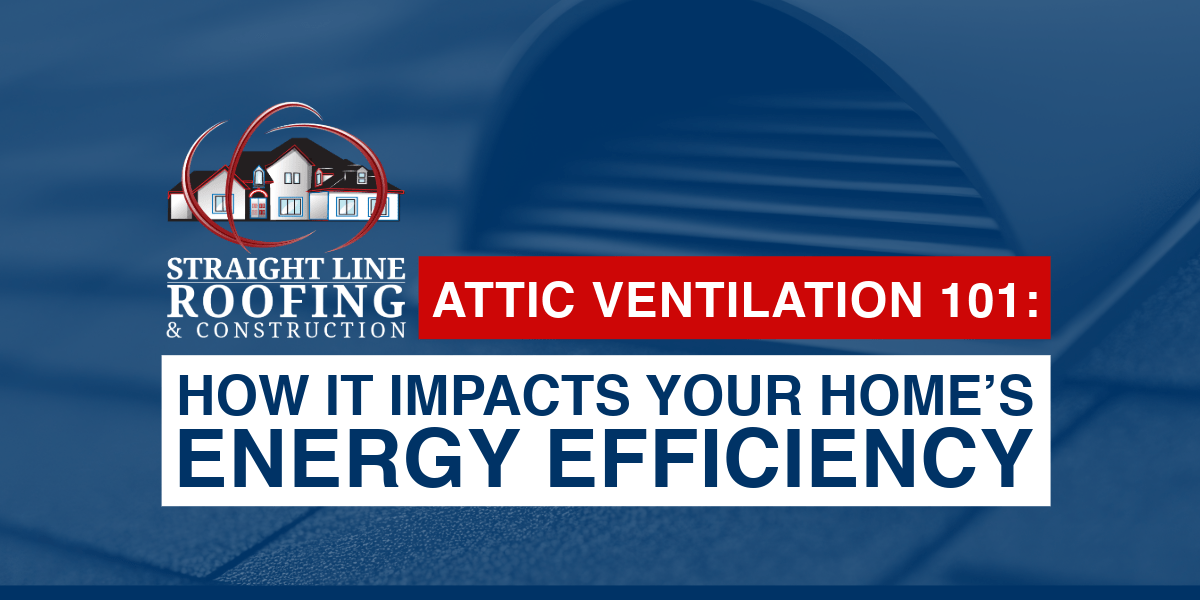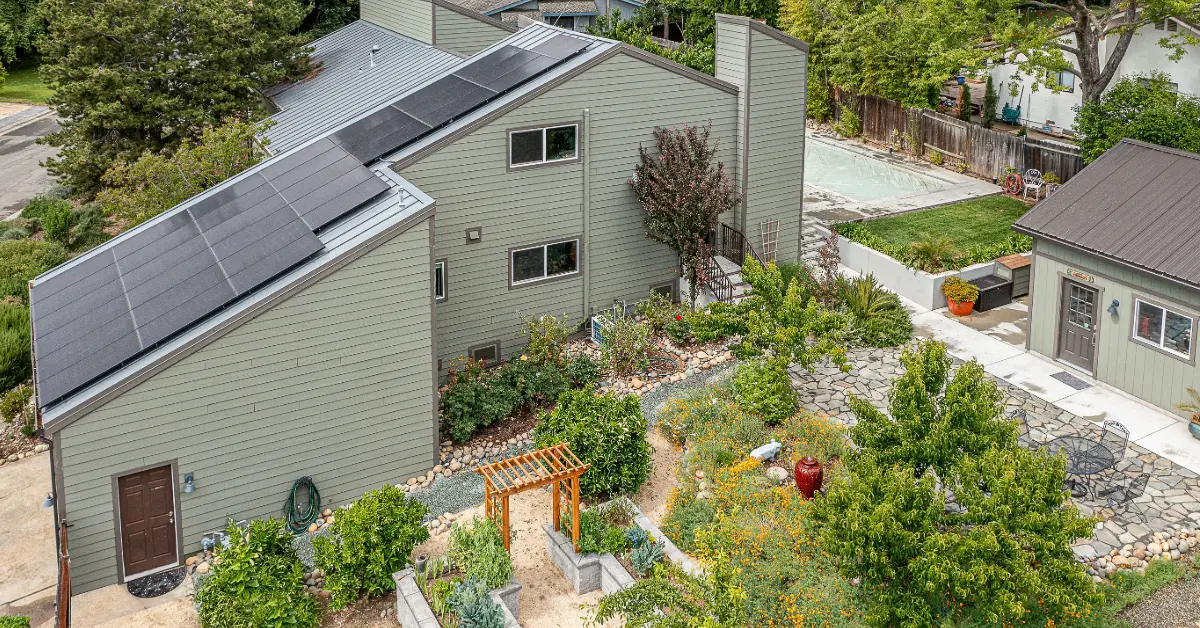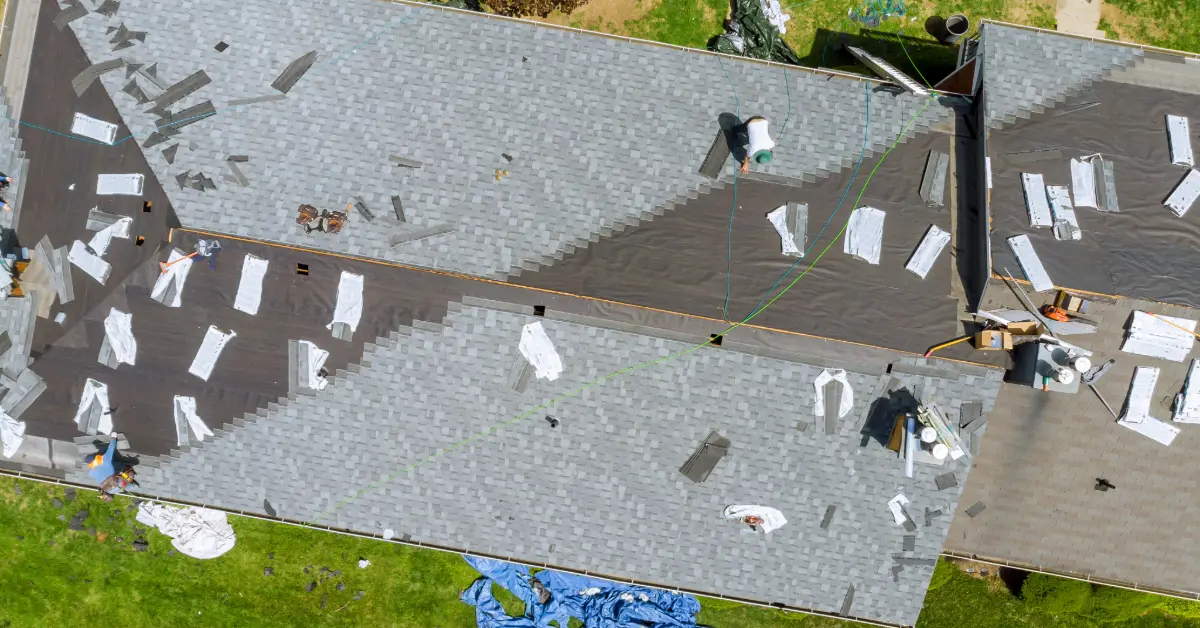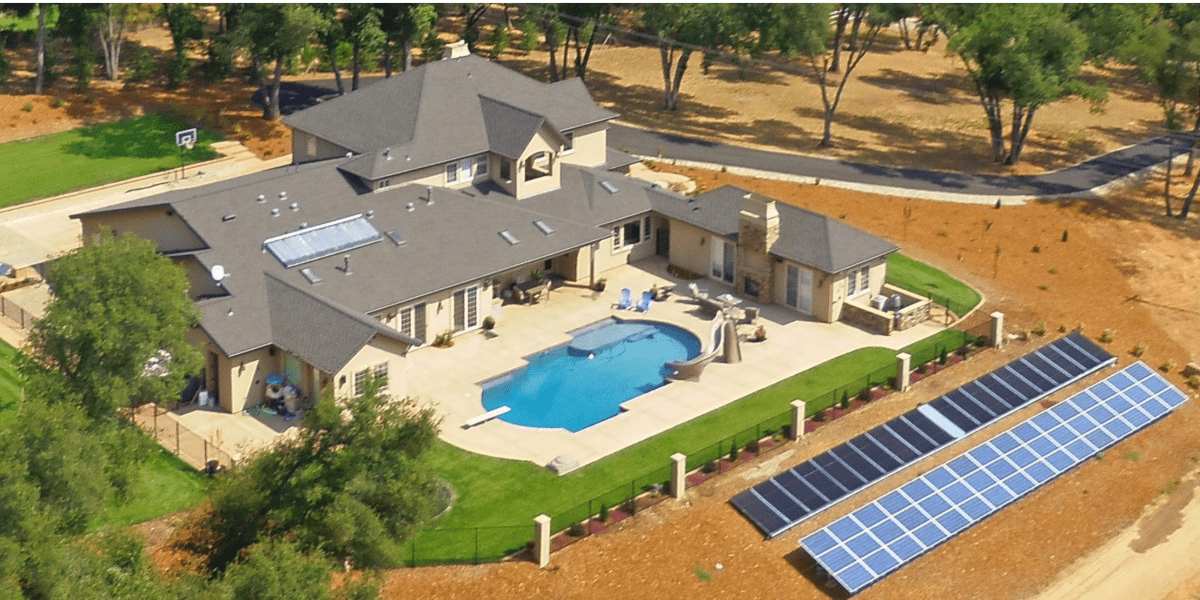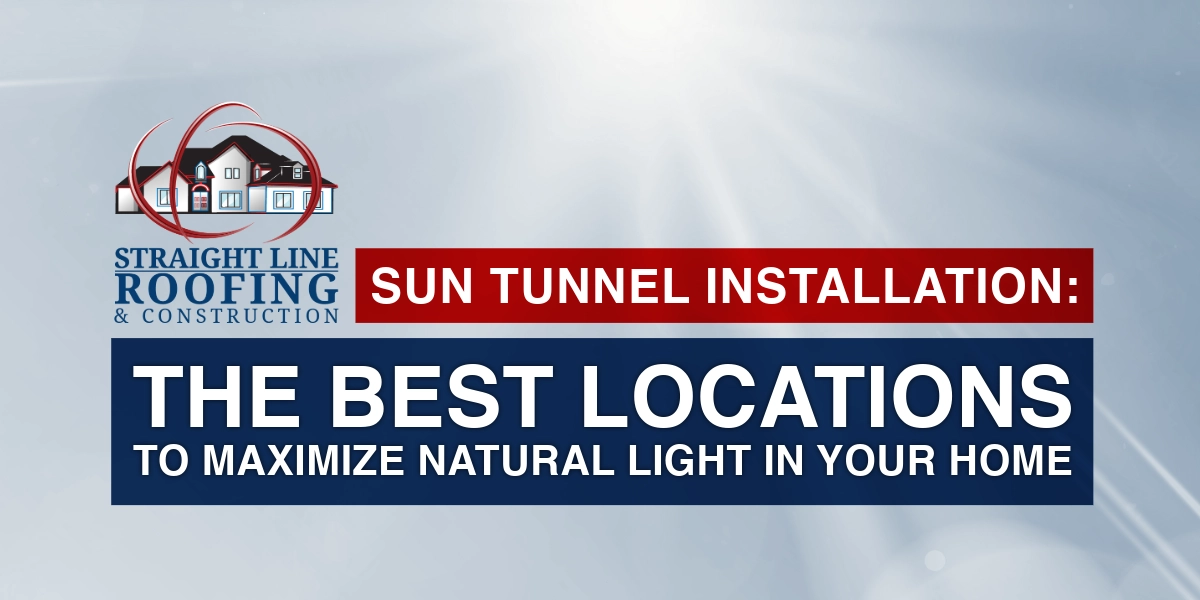A well-designed attic ventilation system is essential for keeping your home comfortable and energy-efficient year-round. By allowing air to move freely through the attic, the system helps keep temperatures lower in the summer and limits dampness during the colder months. This balance not only protects your home but also supports your HVAC system, allowing it to run more efficiently and reducing your overall energy costs. At Straight Line Roofing & Construction, we have offered unparalleled attic ventilation services to residents of Sacramento, Cameron Park, and beyond since 1999.
What Are The Benefits Of Attic Ventilation For A Homeowner?
Adequate attic ventilation delivers substantial energy savings by regulating temperature extremes in your home’s upper levels. When hot air escapes naturally through exhaust vents, your air conditioning (A/C) system doesn’t work overtime during the summer months, resulting in lower utility bills.
Proper ventilation helps your roof last longer by protecting it from damage caused by trapped heat and moisture. For homeowners making quality upgrades, this means fewer repairs, lower maintenance costs, and better long-term value. It’s a smart investment that preserves both your roof and your property’s worth.
What Happens If An Attic Lacks Reasonable Ventilation?
Inadequately ventilated attics create ideal conditions for damage. When air can’t circulate properly in the attic, trapped moisture builds up, creating a perfect environment for mold and mildew to develop. Poor air quality impacts families with allergies or respiratory issues, leading to uncomfortable living environments that require costly remediation efforts to address appropriately.
Without sufficient heat escape routes, your cooling system struggles to maintain comfortable temperatures during hot weather. This inefficiency forces HVAC equipment to run longer cycles, significantly increasing energy consumption and utility expenses for budget-conscious families managing household costs.
How Does Attic Ventilation Work In A Residential Home?
Effective attic ventilation works by harnessing the natural flow of air. Warm air rises and escapes through vents at the roof’s ridge or exhaust points, while cool outside air enters through soffit vents tucked under the eaves. This continuous airflow creates a natural cycle that keeps temperature and humidity in check.
Think of it like your home’s breathing system — fresh air comes in and stale, hot air is pushed out. This steady exchange stops extreme temperatures from building up, so your heating and cooling systems don’t have to work overtime. For families looking to save on energy costs, a well-ventilated attic is a smart, affordable solution.
This diagram, titled “Homeowner Comfort Index with Attic Ventilation,” illustrates how attic ventilation directly impacts a homeowner’s comfort. The quadrant breakdown shows four scenarios:
- Optimal Living Environment (high ventilation, high comfort),
- Comfortable Despite Low Ventilation (low ventilation, high comfort),
- Ventilated but Uncomfortable (high ventilation, low comfort),
- Uncomfortable and Poorly Ventilated (low ventilation, low comfort).
These conditions highlight that while proper attic ventilation often leads to optimal comfort, there are situations where homeowners may still feel comfortable even when ventilation is inadequate. However, this deceptive comfort can come at a cost, rising energy bills due to overworked HVAC systems compensating for poor airflow. In other cases, poor attic ventilation causes clear discomfort, including stuffy indoor air and inconsistent room temperatures. Addressing ventilation issues can significantly improve both comfort and energy efficiency.
How To Properly Vent An Attic For Optimal Energy Efficiency
Professional installation ensures a proper balance between intake and exhaust ventilation, typically requiring one square foot of ventilation for every 150 square feet of attic space. Strategic vent placement maximizes airflow patterns while preventing weather infiltration that could compromise your home’s thermal envelope.
Quality ventilation systems integrate various vent types to create effective airflow solutions customized to your home’s unique architecture. Whether you’re maintaining an older home or planning new construction, proper ventilation design significantly influences long-term energy performance and comfort levels.
Attic Ventilation Types: Choosing The Best Attic Ventilation
Different ventilation systems provide distinct advantages based on your home’s design, local climate, and budget. Understanding each option enables you to make informed choices about upgrading your ventilation system for optimal energy efficiency benefits.
| Vent Type | Function | Best For | Energy Impact |
| Ridge Vents | Natural exhaust along the roof peak | Homes with continuous ridgelines | High:Allows natural heat escape |
| Soffit Vents | Fresh air intake under eaves | All homes need balanced airflow | High: Provides a continuous air supply |
| Box Vents | Exhaust vents for specific areas | Homes without ridgelines | Medium:Targeted heat removal |
| Power Vents | Electric or solar-powered exhaust | Homes needing extra ventilation | High: Forceful air extraction |
| Turbine Vents | Wind-powered spinning exhaust | Areas with consistent wind patterns | Medium:Weather-dependent efficiency |
| Hip Vents | Ridge-style vents for hip roofs | Hip-style roof configurations | High: Follows natural airflow patterns |
Attic Ventilation Calculator: How Much Does Your Home Need?
Calculating proper ventilation requirements involves measuring your attic’s square footage and dividing it by 150 to determine the total vent area needed. This calculation should be divided equally between intake vents (soffits) and exhaust vents (ridge or other types) to ensure optimal balance and performance.
Climate considerations influence ventilation needs, with humid regions requiring extra capacity to manage moisture loads effectively. Consulting with a qualified roofer ensures precise calculations that consider your specific home design, local weather patterns, and energy efficiency goals while adhering to your budget.
Energy Efficiency Impact: The Numbers Don’t Lie
Proper attic ventilation creates a win-win situation for homeowners of all income levels and living situations. From spacious properties that require comprehensive ventilation systems to budget-conscious families seeking affordable energy solutions, investing in adequate attic airflow pays dividends through reduced utility bills, improved comfort, and enhanced property value.
Whether you’re passionate about outdoor activities and value fresh air, or you’re focused on practical home improvements that yield significant results, attic ventilation is one of the most cost-effective ways to enhance your home’s energy efficiency while safeguarding your investment for years to come.
Contact Straight Line Roofing & Construction today to learn more about our exceptional residential ventilation services or to schedule a complimentary consultation.

